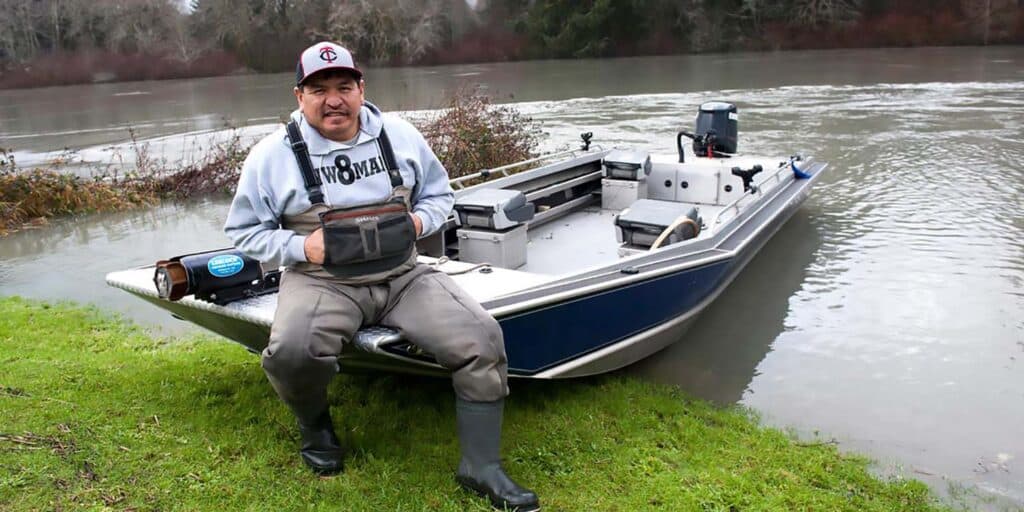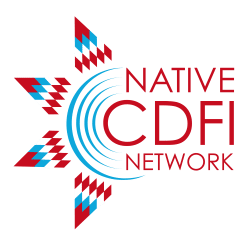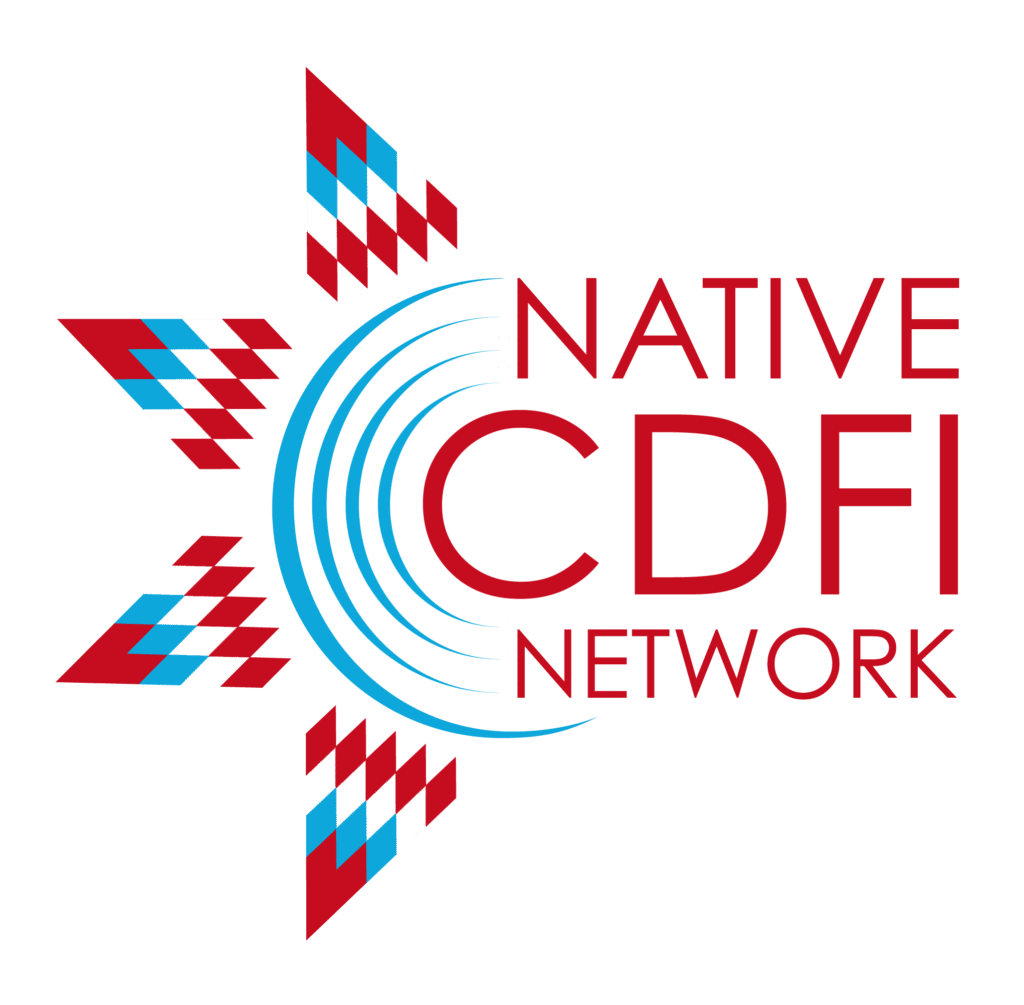Your Responsibility
As a Native CDFI, you are in a unique situation. You work with individuals every day that are underrepresented in our government’s policy process. You have an intimate knowledge of how to best help these individuals. You know what policies are harmful to the communities you serve and are qualified to make policy recommendations that would benefit these communities. You can create solutions and positively impact your Native community and our Native nations through a multitude of advocacy efforts.

How to Engage in Public Policy
There are a variety of ways Native CDFIs can impact public policy, but no single method is better than another. It might be necessary to use a number of strategies, or a single action might be sufficient. Most Native CDFIs are 501(c)(3) organizations (non-profits); this poses some restrictions on the type of policy and advocacy activities in which you partake. The most typical engagement strategies used by non-profits to impact public policy include:
Lobbying involves directly communicating with legislators or voters in order to influence legislation; grassroots lobbying means communicating with the public to encourage them to make their voices heard on a particular piece of legislation or issue. Lobbying is not limited to politically driven groups. Except for private foundations, all 501(c)(3) organizations can lobby, although there are legal limitations on lobbying and its funding.
Voter engagement can lead to short-term policy adoption in the case of ballot initiatives, and long-term agenda setting, as policy will likely reflect voters and the issues they care about. Non-profits can engage in a number of nonpartisan activities such as registering and educating voters, and getting out the vote.
Public education, including framing and messaging, is a key role that non-profits can play during the agenda-setting phase of policy. Non-profit organizations can play an important role in translating complex policy information or creating awareness surrounding a cause. Polling and focus groups can be used to develop effective public education messages.
Grassroots mobilizing is a powerful strategy used to raise the profile of the issue among community members and policy makers. Grassroots activities might include writing letters, making phone calls, contacting policy-makers, and demonstrating. Grassroots organizing around policy issues doesn’t need to address specific legislation in order to influence agenda setting or policy-adoption.
Building coalitionsand networks creates a platform where individuals and organizations can share resources, knowledge, and skills. Coalitions can foster the development of new ideas and inform and shape public policies.
Media and communications are important vehicles for Native CDFIs to contextualize public policy issues and reach a broad audience. Polling and focus groups can be used to hone in on effective communications strategies and messages.
Policy research and analysis can enhance the reputations of foundations and public charities as credible, reliable policy activists. Non-profits may provide nonpartisan analysis and research to legislators and other decision makers, and to the public.
Presenting testimony can be helpful in communicating your position to legislators. With the full attention of an audience of direct policymakers, what could be better? Although a testimony asks for support on a specific legislation, it is not considered lobbying if it is a response to a written request from a legislative body.

